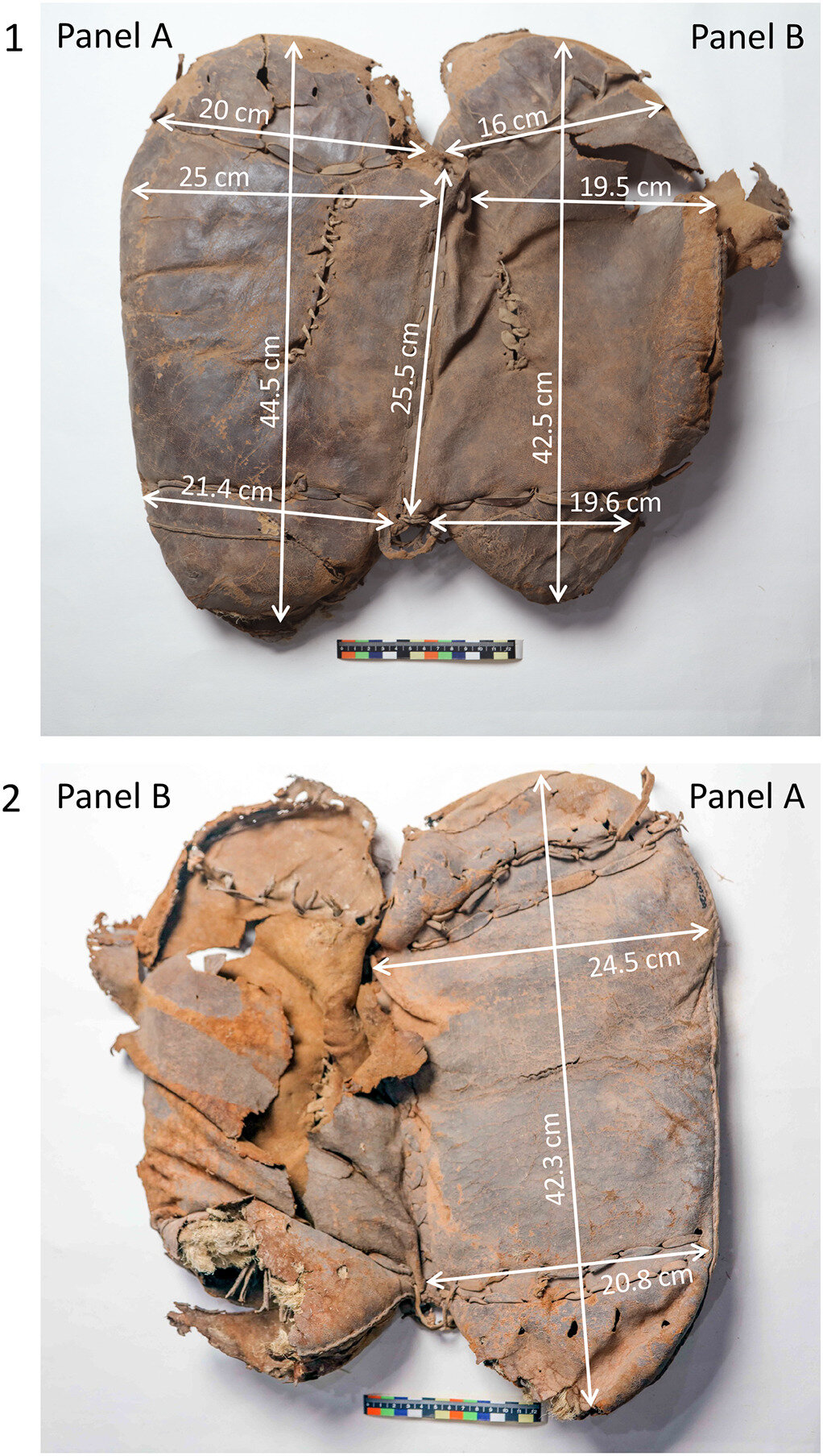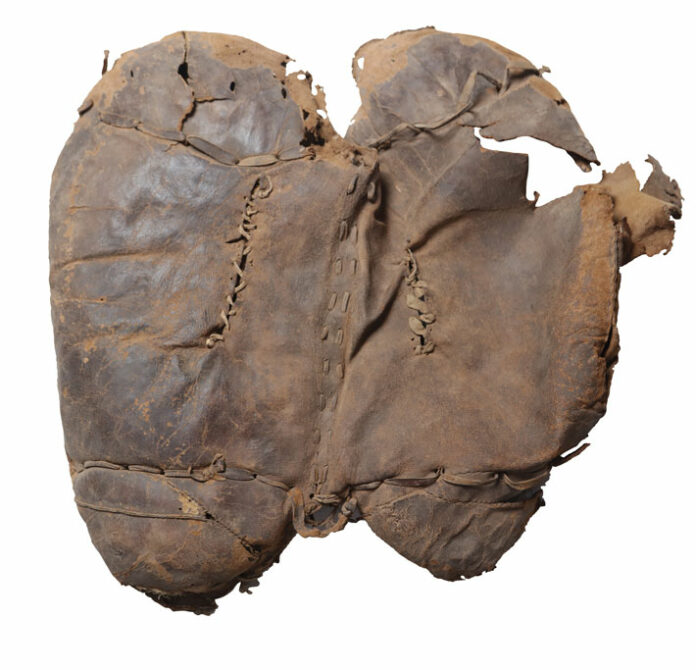Archaeologists have uncovered a unique saddle in a cemetery at Yanghai, situated in the Turpan Basin of China’s Xinjiang Uygur Autonomous Region. The dry desert climate played a crucial role in preserving this saddle for thousands of years. The grave belonged to a woman who was dressed in a hide coat, woolen trousers, and short leather boots. Notably, the saddle was placed beneath her hips, suggesting she was positioned as if riding it. This significant find, detailed in the journal Archaeological Research in Asia on May 23, underscores the importance of this discovery.

Radiocarbon Dating and Historical Background
Radiocarbon analysis dates the saddle’s origin between 724 and 396 B.C. It comprises two cowhide cushions stuffed with straw, deer hair, and camel hair. This saddle predates the known Scythian saddles, which are dated between the fifth and third centuries B.C., and have been discovered in the Altai Mountains of Russian Siberia and eastern Kazakhstan. According to Patrick Wertmann, an archaeologist at the University of Zurich and the lead author of the study, the Yanghai saddle represents the earliest phase in the history of saddle-making.

The Subeixi Culture
The Yanghai tombs are linked to the Subeixi culture, which occupied the Turpan Basin roughly 3,000 years ago. The Subeixi people, named after another burial ground near the modern town of Subeixi, were pastoralists, in contrast to the nomadic Scythians. The Subeixi shared similar weaponry, horse gear, and clothing with the Scythians, indicating potential interactions between these two cultures.

The Development of Saddle-Making
Horses were likely domesticated as herd animals up to 6,000 years ago, originally kept for their milk and meat. Riding horses may have begun around 1,000 years later, with early riders using mats tied to the horses’ backs with straps. True saddles, likely developed by mid-first millennium B.C. horse-riders in Central Asia, were crafted for comfort, safety, and the well-being of the horses. Both the Yanghai saddle and early Scythian saddles featured distinct supports, enabling riders to maintain a steady position and lift themselves when needed, such as while shooting arrows. Early saddles, however, did not include stirrups, which were a later invention.

Female Riders and Their Societal Roles
The positioning of the saddle in the tomb indicates that the woman buried there was a rider. This discovery challenges traditional narratives that link horse-riding primarily with elite male warriors. It suggests that women in the Subeixi culture were actively involved in daily activities, including herding and travel. Birgit Bühler, an archaeologist at the University of Vienna, notes that the presence of the saddle in an ordinary grave provides strong evidence of women’s participation in mounted pastoralist activities.
Conclusion
The unearthing of this 2,700-year-old leather saddle in northwestern China not only sheds light on the early history of saddle-making but also questions long-held beliefs about gender roles in ancient societies. The exceptional preservation of the saddle hints at the possibility of more significant discoveries in the future, which could further enhance our understanding of ancient equestrian practices. As archaeologists continue to investigate and analyze such artifacts, our knowledge of early human history and cultural interactions is set to grow.




